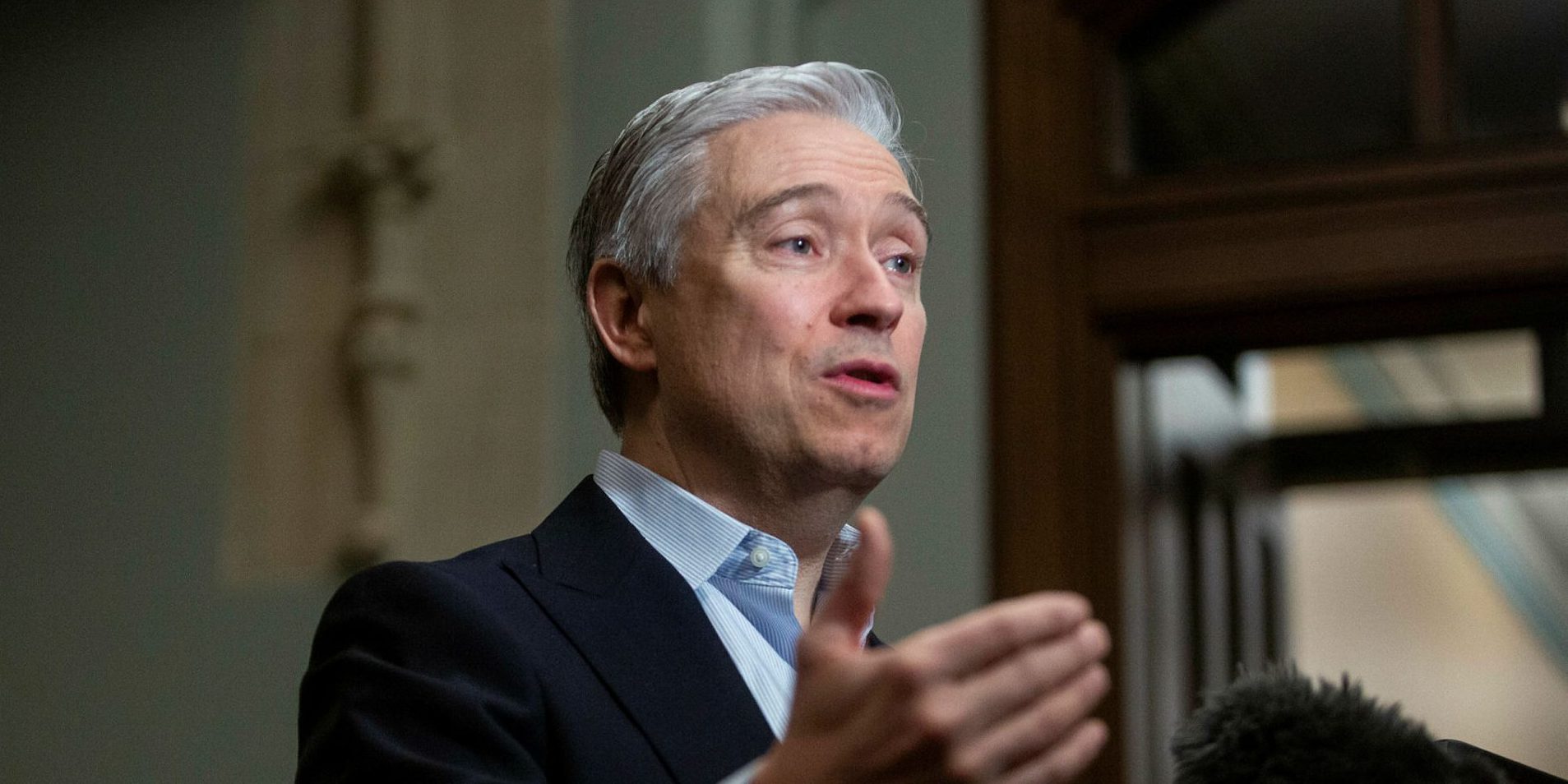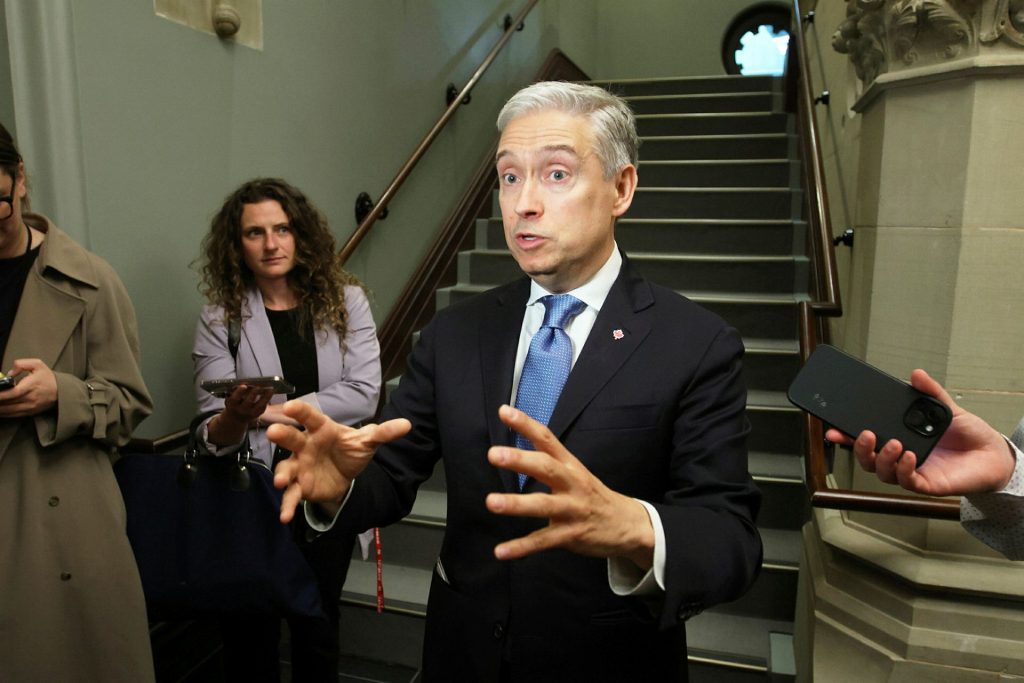Finance Canada to boost spending 10 per cent by 2027 as debt costs, transfers rise

Finance Canada is projecting another uptick in its spending to just shy of $150-billion—up $5-billion from last year, and more than $32-billion from three years ago—driven mainly by growing provincial transfers and higher debt-servicing fees. That marks a nearly 28-per-cent increase over 2022-23, with the department projecting a further 10-per-cent jump by 2027-28.
That $150-billion is about 31 per cent of the total projected outlays of the federal government this year. Its spending on its own internal services represents a tiny fraction of that amount, and there are cuts in the works: from $55-million forecast for this year, down to $52-million in 2027-28, according to the recently-published departmental plan.
The Finance Department, led by Minister François-Philippe Champagne (Saint-Maurice—Champlain, Que.), is responsible for drawing up budgets, economic and fiscal updates, and providing advice to the cabinet and the rest of government about the fiscal and economic ramifications of federal policies. In other words, it’s Finance’s job to pour cold water over the countless proposals from all corners of the government to spend more money.
Planned spending on what the department classifies as “economic and fiscal policy” is expected to grow from $150-billion this year to $165-billion in three years. The department chalks up that planned increase to extra cash transfers to the provinces and territories ($8.5-billion) and higher debt-servicing payments ($6.8-billion.)
Nearly all of the money exiting the department has been authorized by legislation other than appropriations acts. That’s a fairly wide net, but transfers to the provinces and territories, and debt servicing fees account for the vast majority of the total.
The Finance Department also has taxation agreements with many of the provinces and territories: the Harmonized Sales Tax, for example. The plan suggests it has been having some trouble moving that money smoothly: the department recently changed the way it measures its own performance on that front, and has now set a target of addressing “more than 50 per cent” of the “payment issues” that arise from those agreements.
It has also changed how it measures its performance maintaining financial stability in Canada. It used to rely on a ranking of countries by the World Economic Forum, but the WEF has stopped producing that ranking. The new target—scoring above the G7 average—will come from “financial stability indices created by world leading credit rating agencies.”
As for its people, the Finance Department is planning to employ more of them (977) in the coming year than it has in recent history. While the number of employees at Finance Canada has increased in each of the last three years, from 924 in 2022-23, the department is planning to trim down to 905 employees in 2027-28. Most of those cuts will come from employees devoted to “economic and fiscal policy,” rather than “internal services.”
The department’s plan is not particularly forthcoming about the rationale for these staffing changes. It attributes the increase in staff over the past three years to “funding received to support the work on key government priorities in areas such as tax policy, financial sector policy, and economic development.” And the reasons for its forthcoming cuts? The “sunsetting” of funding that paid for work “in areas such as tax policy, financial sector policy, and economic development.”

Prime Minister Mark Carney (Nepean, Ont.) has pledged to stop the growth of “operational spending” within the government, and that has some economists predicting deep cuts to the public service. The planned reduction of staffing levels—not this year, mind you, but starting next year—seems to be a theme across government departments. We’ll have to stay tuned to see how things play out: Carney may find that he needs public servants on hand to do all of things he wants the government to do (and fast!) in the coming years, and a Salt Bae-style sprinkling of AI over the civil service may not yield the early returns he’s hoping for.
Today we’re turning to Finance Canada as we continue our look at departmental plans for the coming year today. (We’ve got more on the Privy Council Office, Department of National Defence, and Public Services and Procurement Canada plans.)
A version of this piece first appeared in Politics This Morning, your go-to source for insider news, analysis, and updates on where all the key political players are that day. Get more insider coverage directly to your inbox from The Hill Times’ editor Peter Mazereeuw and reporter Riddhi Kachhela in this subscriber-only daily newsletter. Sign up here.
pmazereeuw@hilltimes.com
The Hill Times






 LICENSING
LICENSING PODCAST
PODCAST ALERTS
ALERTS













